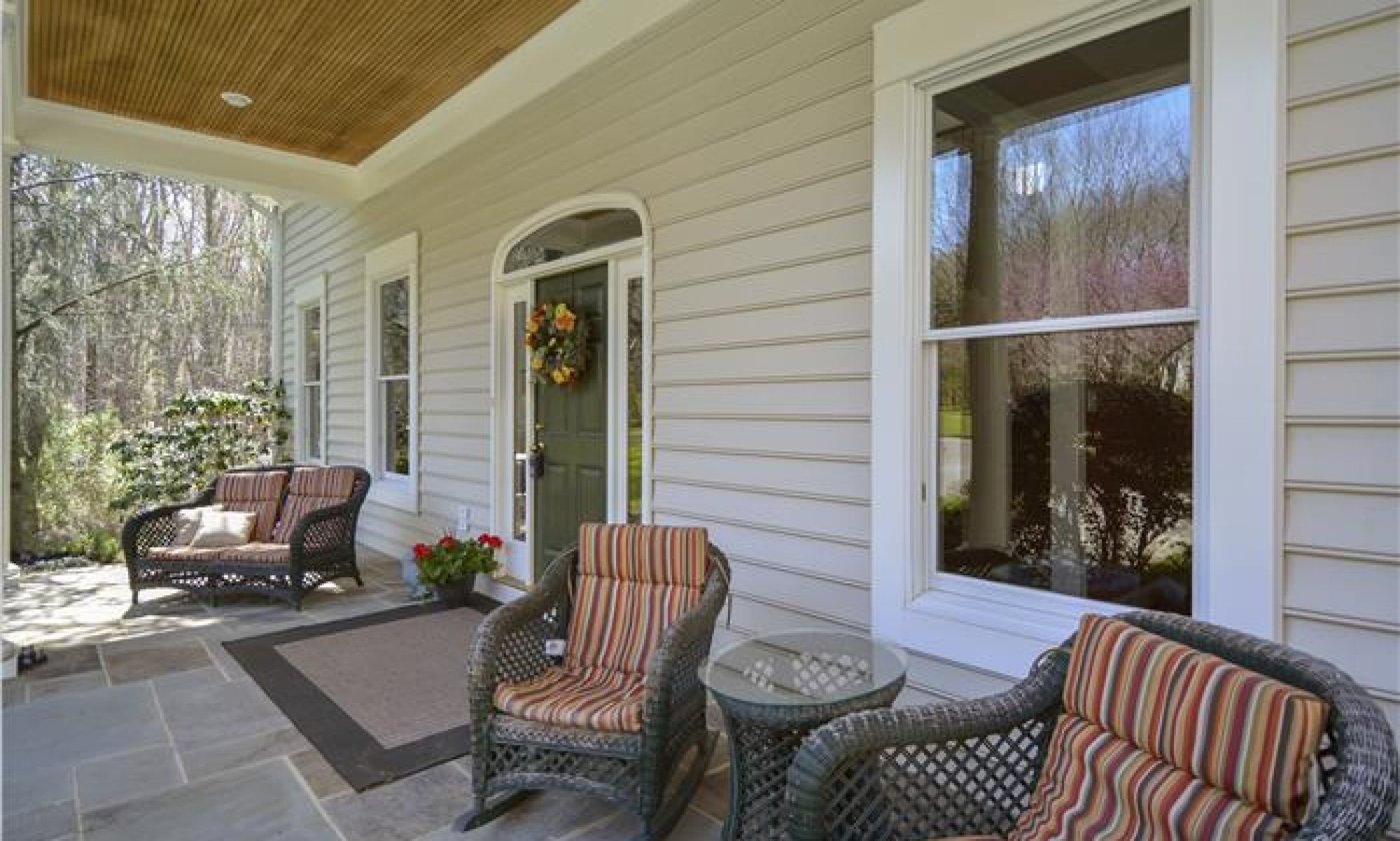by Dan Krell
Google+
One result of the recent mortgage crisis has been an increased foreclosure rate. Many home owners who could no longer afford their mortgage payments found their homes foreclosed on by their lenders. Many of these homes tend to be vacated many months prior to the lender taking possession, while others are vacated after the lender takes possession.
Vacant homes are cropping up everywhere. There are even boarded up homes in some communities as well. (Homes are boarded up if they have been vandalized or condemned in order to keep trespassers out). The United States Census (Census.gov) has estimated that there was an average of 2.7% homes vacant in 2007 for the Washington, DC region (including northern Virginia and Suburban Maryland); this is a 51% increase from 2005. There was an increase in vacant rental properties as well, 10.4% in 2007 up almost 15% from vacancy rates in 2005. As foreclosure rates continue to increase, the number of vacant homes will also increase.
Activity in and around a foreclosed home is significantly reduced because it is unoccupied and the lengthy time needed to bring the home to market. Because of this, lenders take extraordinary measures to secure vacant properties; some typical securing procedures include winterizing the home (turning off water supply and draining all pipes), changing deadbolt locks, and sometimes installing remote close circuit video. However, even a secured home can conceal and harbor many things, including vermin, homeless/squatters, and gang activity.
If a home is vacant for a short time, the risk of infestation or trespassing is reduced due to the short period of inactivity in and around the home. However, since the average time on market for homes for sale has increased significantly over the last year, the home will be vacant longer increasing the risk of vandalism, damage and trespassing.
Current County code can condemn a home if it has been vacant for a year and it has been cited for five or more maintenance code violations. If the home is condemned, the owner has thirty days to comply with the inspectors orders or the home can be demolished (at the owner’s expense). To avoid demolition, these homes can be referred to one of the many rehabilitation programs that were designed to maintain our neighborhoods. Unfortunately, foreclosures are usually owned and managed by large corporations where no one takes a personal interest in the daily happenings of the foreclosed homes.
Vacant homes are presently a growing problem nationwide; however, pockets of vacant (and abandoned properties) have plagued large cities for years. In the constant struggle to reduce the number of vacant homes and revitalize affected neighborhoods, the United States Conference of Mayors (USMayors.org) task force on vacant and abandoned properties published “Combating Problems of Vacant and Abandoned Properties” (2006). The report highlighted housing initiatives from twenty-seven cities to reduce abandoned and vacant homes. Many of the plans emphasized programs to take possession of vacant homes, programs to register vacant homes, as well as many programs to assist home buyers to purchase vacant homes.
In order to address this growing problem, additional local housing initiatives (such as incentives for owner occupants to purchase corporate and vacant homes) should be considered.
This article is not intended to provide nor should it be relied upon for legal and financial advice. This article was originally published in the Montgomery County Sentinel the week of April 14, 2008. Copyright © 2008 Dan Krell.
